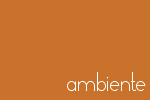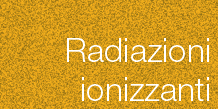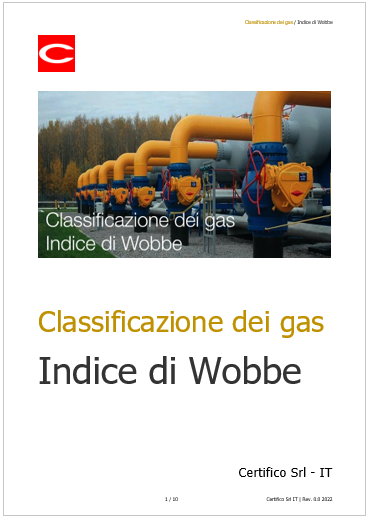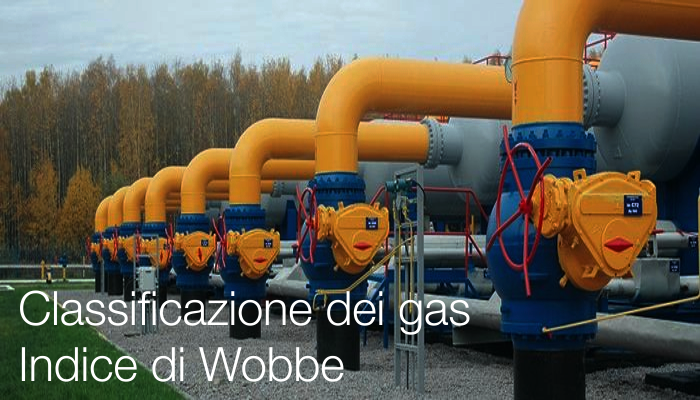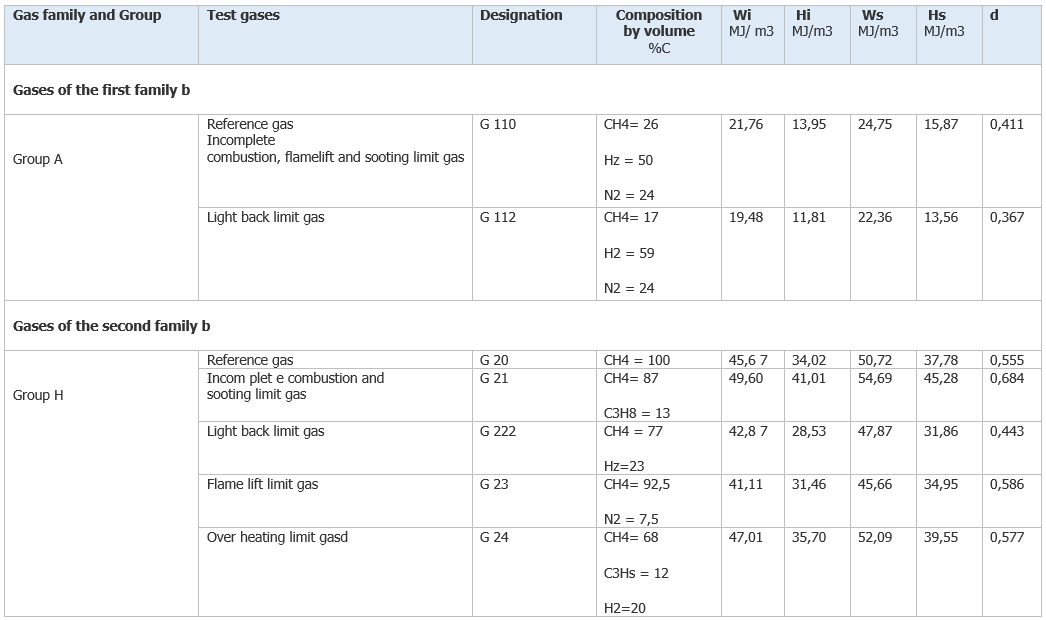Classificazione dei gas / Indice di Wobbe
| Appunti Impianti | ||
| 21 Maggio 2025 | ||
| Salve Visitatore | ||
Classificazione dei gas / Indice di Wobbe ID 5738 | 05.11.2022 / In allegato Classificazione dei gas in accordo con il D.M. 16/04/2008 e la norma UNI EN 437:2021. Illustrazione Indice di Wobbe. Indice di Wobbe La norma UNI EN 437:2021 classifica i gas secondo l'indice di Wobbe, rapporto tra il potere calorifico di un gas per unità di volume e la radice quadrata della sua densità relativa nelle stesse condizioni di riferimento. L'indice di Wobbe è espresso in megajoule per metro cubo (MJ/m3) di gas secco nelle condizioni di riferimento (SI). L'Indice di Wobbe, Iw, è definito come: - ΔcHso è il potere calorifico superiore, o semplicemente valore calorifico L'Indice di Wobbe è usato per confrontare il potere calorifico di differenti miscele combustibili. Se due gas hanno lo stesso Indice di Wobbe significa che a parità di pressione di alimentazione l'energia trasportata sarà la stessa. Il gas naturale ha una composizione diversa, a seconda della provenienza, per cui il potere calorifico e quindi anche l'indice di Wobbe possono differire abbastanza fortemente. ad esempio: - il gas naturale Olandese (Groningen) ha un indice di Wobbe di 43,46 - 44,41 MJ/m3; Per approfodimenti: UNI EN ISO 6976:2017 UNI EN ISO 15971:2014 Indice di Wobbe (MJ/Nm3) di alcuni gas combustibili (esemplificativo / letteratura):  _________ Il D.M. 16/04/2008 classifica le condotte che alimentano e che si dipartono a valle degli impiantì di riduzione della pressione si classificano in (in relazione alla pressione): Condotte di 1a Specie: condotta con pressione massima di esercizio superiore a 24 bar Condotte di 2a Specie: condotta con pressione massima di esercizio superiore a 12 bar ed inferiore od uguale a 24 bar. Condotte di 3a Specie: condotta con pressione massima di esercizio superiore a 5 bar ed inferiore od uguale a 12 bar. Condotte di 4a Specie: condotta con pressione massima di esercizio superiore a 1,5 bar ed inferiore od uguale a 5 bar. Condotte di 5a Specie: condotta con pressione massima di esercizio superiore a 0,5 bar ed inferiore od uguale a 1,5 bar. Condotte di 6a Specie: condotta con pressione massima di esercizio superiore a 0,04 bar ed inferiore od uguale a 0,5 bar. Condotte di 7a Specie: condotta con pressione massima di esercizio inferiore od uguale a 0,04 bar. La UNI EN 437:2021 suddivide i gas in 3 famiglie e relativi sottogruppi, in sintesi: Classificazione dei gas adottata ai fini della loro intercambiabilità / Indice di Wobbe. I Famiglia: Gas manifatturati. Gas di fossile o da idrocarburi definiti da un indice di Wobbe compreso tra 22,4 e 24,8 MJ/m3. A questa famiglia appartengono anche le miscele gas naturale/aria e GPL/aria con indice di Wobbe coerente. II Famiglia: Gas naturale con indice di Wobbe compreso tra 39,1 e 54,7 MJ/m3. A questa famiglia appartengono anche le mischele GPL/aria con indice di Wobbe coerente. III Famiglia: GPL (comprendono essenzialmente propano, butani e propilene) con indice di Wobbe compreso tra 72,9 e 87,3 MJ/m3. 3.10 reference conditions conditions which correspond to 15 °C, 1013,25 mbar, unless otherwise specified 3.11 relative density d 3.1.2 calorific value quantity of heat produced by the complete combustion, at a constant pressure equal to 1 013,25 mbar, of a unit volume or mass of gas, the constituents of the combustible mixture being taken at reference conditions and the products of combustion being brought back to the same conditions Note 1 to entry: - the gross calorific value Hs: the water produced by combustion is assumed to be condensed; - the net calorific value Hi: the water produced by combustion is assumed to bein the vapour state. Note 2 to entry: - either in megajoules per cubic metre (MJ/m3) of dry gas under the reference conditions; or in megajoules per kilogram (MJ/kg) of dry gas. 3.13 Wobbe index ratio of the calorific value of a gas per unit volume and the square root of its relative density under the same reference conditions Note 1 to entry: Note 2 to entry: 3.18 gas family group of gaseous fuels with similar burning behaviour linked togeth er by a range of Wobbe indices Note 1 to entry: See Table 1. 3.19 gas group specified range of Wobbe index within that of the family concerned Note 1 to entry: Note 2 to entry: Note 3 to entry: See Table 1. 4. Gases 4.1 Classification in gas families and groups Gases are class ified int o three families, each family may be divided into groups, (themselves being divided into ranges, see Annex B), as a function of the Wobbe index, according to the values given in Table 1. NOTE 2 Table 1 - Classification of gas families and groups as a function of the Wobbe indices, dry gas at 15 °C and 1 013,25 mbar 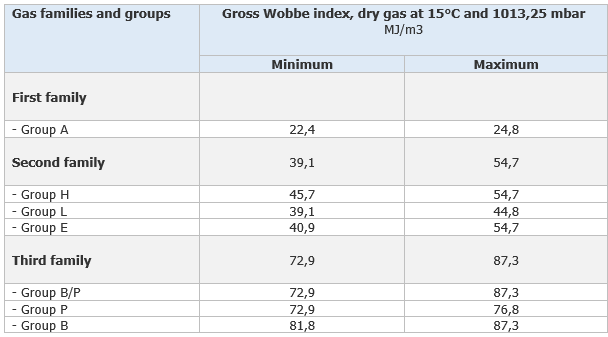 ... Def.: Ws - Wobbe index gross (according calorific gross calorific value) Table 3 - Characteristics of the t es t gases (a) for the third family, gas dry at 15 °C and 1013,25 mbar  Table 4 - Characteristicsoftbe reference gases of the second family at 0°C and 1013,25 mbar Relationship between the distributed gases and the corresponding test gases Distributed gases are classified in families and groups according to their Wobbe Index range. The Wobbe index varies depending on the composition. Wobbe Index is the key combustion parameter but it is not the onlyone:flame velocity, combustion potential for flame appliances, soot index,incomplete combustion index and methane number for internal combustion engines. The test gases whose composition is specified for a given gas group are determined so that tests carried outwith these gases according to the requirements given in the appliance standards enable to ensure the safe operation of the appliances. These tests are carried out to the appropriate pressure depending on the type of test to be performed. Tests are carried out using two kinds of gases: - The reference gas, chosen as to be representative of the gas group. It is the gas with which appliances operate under nominal conditions when they are supplied at the corresponding normal pressure. The appliance is generally factory set for this gas. - The limit gases. They are chosen to help prevent the various kinds of malfunctioning: - - Incomplete combustion, - - Light back, - - Lift, - - Sooting, and only for certain types of appliances (specified in the appliance standards), overheating. They are representative of the extreme variations in the characteristics of the gases or operating conditions for which appliances have been designed. The tests with limit gases are carried out with the appliance set using the corresponding reference gas. The tests with limit gases are of short duration, and do not imply a satisfactory functioning when faced with a continual supply of distributed gases with a Wobbe index close to the maximum or to the minimum Wobbe index of the gas group. Certifico Srl - IT | Rev. 0.0 2022
|
||
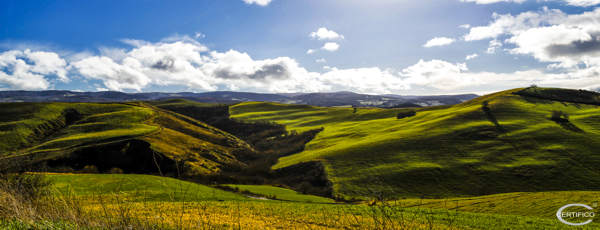 |
||
|
è un sito di INVIO NEWSLETTTER Se vuoi cancellarti dall'invio della newsletter oppure effettua il login al sito ed entra nella Tua Area Riservata, in “Modifica dati” agisci con la spunta sul box di selezione “Newsletter”. L'elenco completo di tutte le ns newsletter è qui: Archivio newletter |
||
  |
||
| Certifico Srl 2000-2025 | VAT IT02442650541 | ||

















